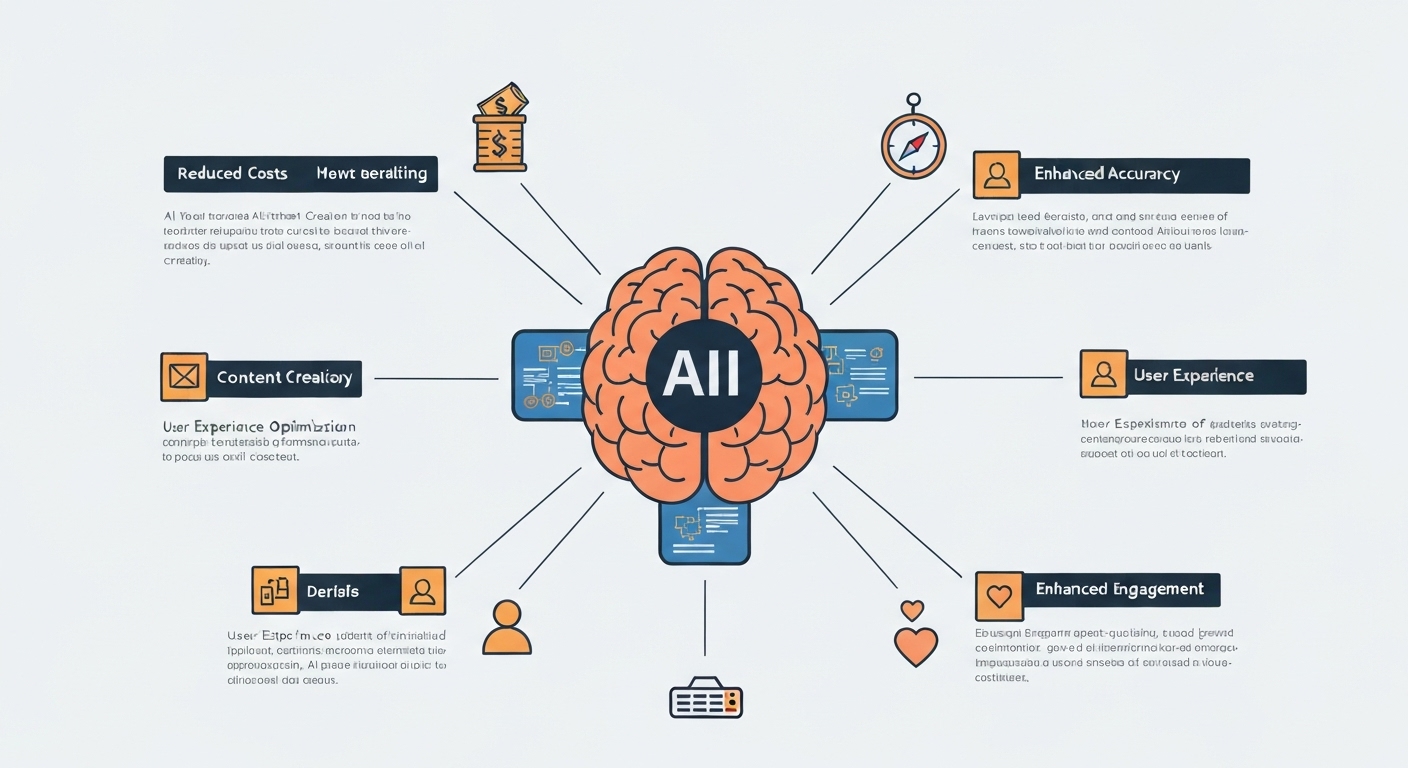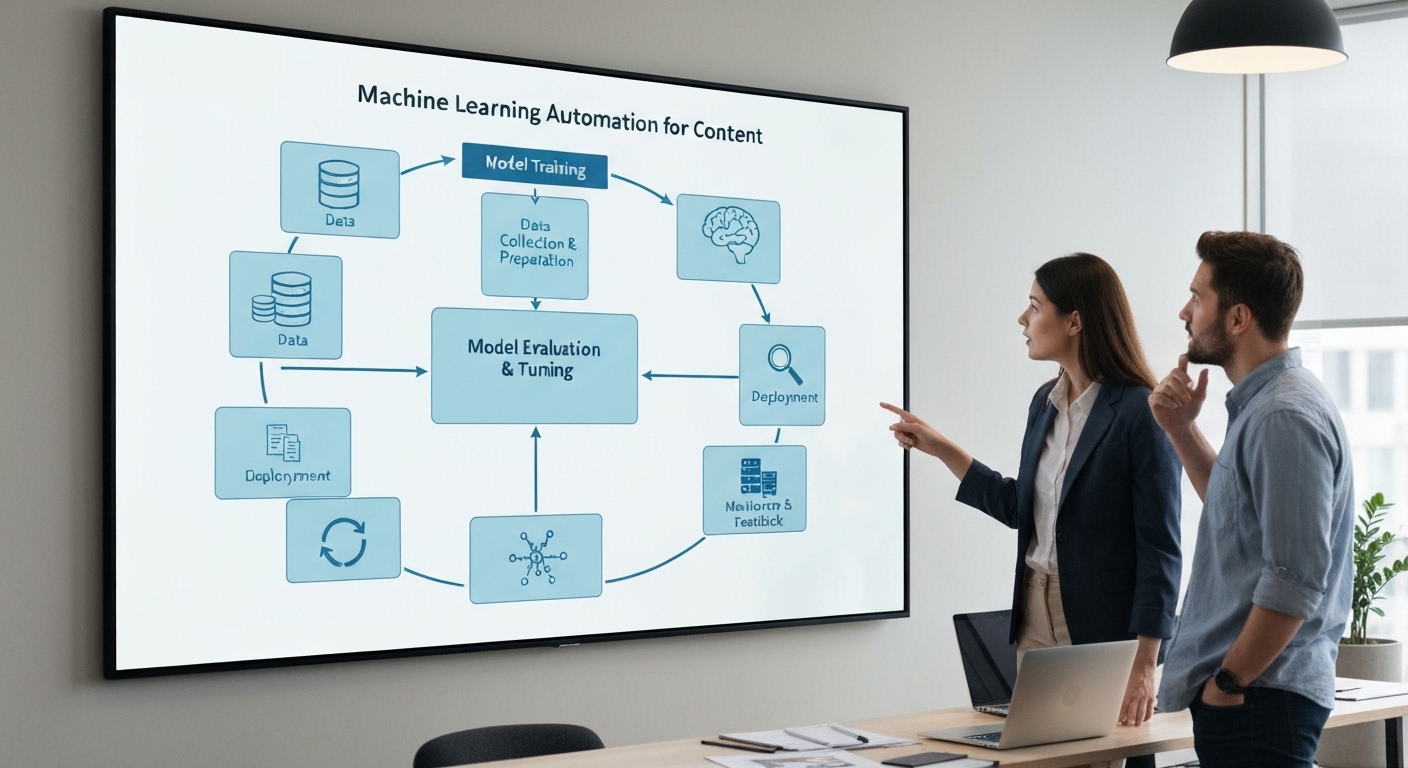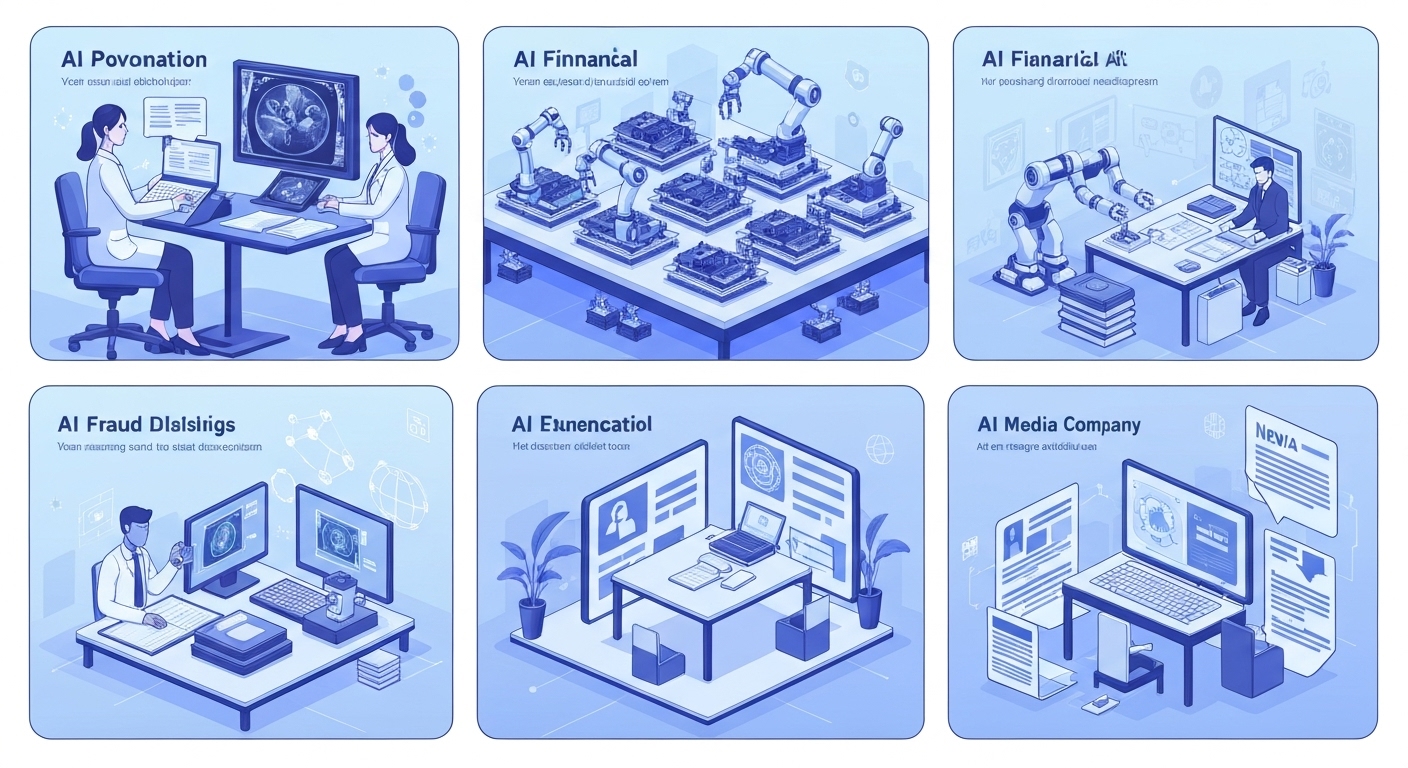Automating Tasks with Machine Learning : A Comprehensive Guide
Automating tasks with machine learning is transforming industries by streamlining operations and boosting productivity. This guide explores the power of machine learning to automate repetitive and complex tasks, offering insights into its applications, benefits, and implementation.
Understanding Machine Learning Automation
Machine learning automation involves using AI algorithms to perform tasks that typically require human intelligence. This includes tasks like data entry, customer service, and even complex decision-making processes. By leveraging machine learning, businesses can reduce errors, increase efficiency, and free up human employees for more strategic initiatives. Understanding the fundamental concepts of machine learning is crucial for effective implementation. flashs.cloud

Benefits of Automating Tasks with Machine Learning
There are numerous advantages to automating tasks with machine learning, including:
- Increased Efficiency: Machine learning algorithms can process vast amounts of data and execute tasks much faster than humans.
- Reduced Errors: AI-powered automation minimizes human error, leading to more accurate results.
- Cost Savings: Automating repetitive tasks reduces labor costs and improves resource allocation.
- Improved Scalability: Machine learning systems can easily scale to handle growing workloads and changing demands.
- Enhanced Decision-Making: AI algorithms can analyze data and provide insights that inform better decision-making.

ML for Task Automation in Different Industries
Machine learning automation is finding applications across various industries, including healthcare, finance, manufacturing, and retail. Each industry benefits from specific applications tailored to its unique needs.
- Healthcare: Automating administrative tasks, diagnosing diseases, and personalizing treatment plans.
- Finance: Detecting fraud, automating loan approvals, and providing personalized financial advice.
- Manufacturing: Optimizing production processes, predicting equipment failures, and improving quality control.
- Retail: Personalizing customer experiences, optimizing pricing, and managing inventory.
Implementing Machine Learning Automation
Successfully implementing machine learning automation requires careful planning and execution. Here are key steps to consider:
- Identify Automation Opportunities: Determine which tasks are suitable for automation based on their repetitiveness, complexity, and impact on business goals.
- Select Appropriate Machine Learning Models: Choose the right algorithms and techniques based on the specific task and available data. Consider supervised learning, unsupervised learning, or reinforcement learning methods.
- Gather and Prepare Data: Collect relevant data and clean and preprocess it to ensure it is suitable for training machine learning models. Data quality is crucial for the success of any machine learning project.
- Train and Evaluate Models: Train machine learning models using the prepared data and evaluate their performance using appropriate metrics. Fine-tune the models to optimize their accuracy and efficiency.
- Deploy and Monitor Automation Systems: Deploy the trained models into production and monitor their performance continuously. Regularly update the models to adapt to changing data and business requirements.

Choosing the Right Artificial Intelligence Automation Tools
Selecting the right tools and platforms is essential for successful machine learning automation. Consider factors such as ease of use, scalability, and integration capabilities. Popular tools include TensorFlow, scikit-learn, and cloud-based machine learning platforms. Different platforms offer varying levels of support for different algorithms and deployment environments.
Examples of AI-Powered Automation
AI-powered automation is transforming various business functions. Here are some notable examples:
- Customer Service Chatbots: Providing instant support and resolving customer inquiries using natural language processing.
- Automated Email Marketing: Personalizing email campaigns based on customer behavior and preferences.
- Robotic Process Automation (RPA): Automating repetitive tasks such as data entry and invoice processing.
- Predictive Maintenance: Using machine learning to predict equipment failures and schedule maintenance proactively.

Process Automation with Machine Learning
Process automation with machine learning goes beyond simple task automation to optimize entire business processes. This involves identifying bottlenecks, streamlining workflows, and automating decision-making processes. By applying machine learning to process automation, businesses can achieve significant improvements in efficiency and productivity.
Challenges and Considerations
While automating tasks with machine learning offers numerous benefits, there are also challenges to consider:
- Data Requirements: Machine learning models require large amounts of high-quality data to train effectively.
- Skills Gap: Implementing and maintaining machine learning systems requires specialized skills in data science and AI.
- Ethical Concerns: It is important to address ethical concerns related to bias, fairness, and transparency in machine learning algorithms.
- Integration Complexity: Integrating machine learning systems with existing infrastructure can be complex and require careful planning.

Overcoming the Machine Learning Automation Skills Gap
Addressing the skills gap requires investing in training and education programs, hiring experienced data scientists, and partnering with external experts. Organizations can also leverage no-code and low-code machine learning platforms to empower non-technical users to automate tasks. These platforms simplify the process of building and deploying machine learning models, making them accessible to a wider range of users.
The Future of Automating Tasks with Machine Learning
The future of automating tasks with machine learning is bright, with continued advancements in AI and machine learning technologies. We can expect to see more sophisticated automation solutions that are capable of handling increasingly complex tasks. The integration of AI with other emerging technologies, such as IoT and blockchain, will further expand the possibilities for automation. Expect to see increased adoption of intelligent automation across all industries, leading to significant gains in productivity and efficiency.
Conclusion
Automating tasks with machine learning is a powerful tool for businesses looking to improve efficiency, reduce costs, and enhance decision-making. By understanding the benefits, implementing the right strategies, and addressing the challenges, organizations can unlock the full potential of machine learning automation and stay ahead in today’s competitive landscape.
HOTLINE
+84372 005 899


